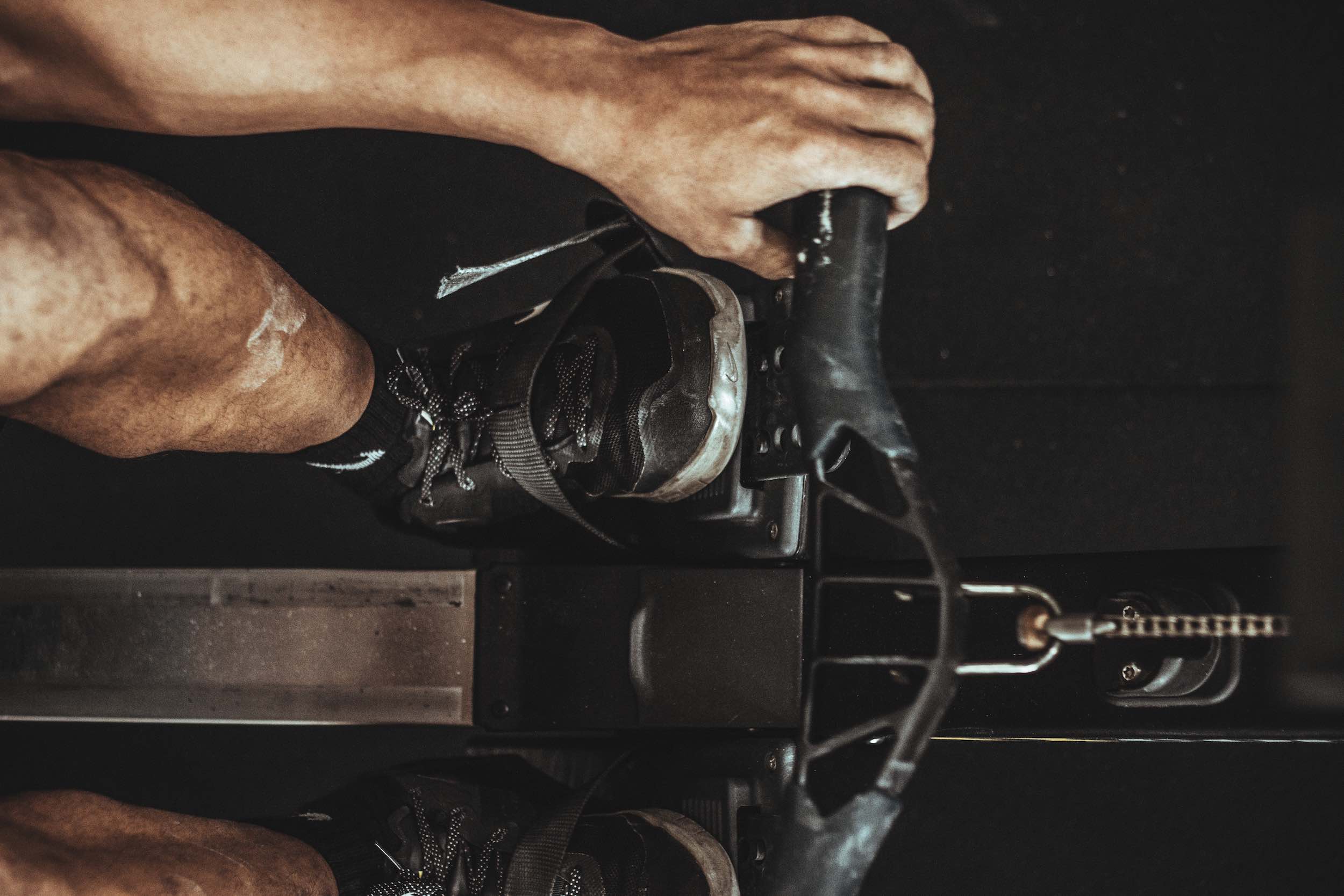I was involved with a group of rowers and ergers doing a 2k erg test last weekend. I was standing there right behind the ergers, shouting, encouraging and supervising and – you know how it goes, just helping out.
But afterwards we got talking about the run- in to the test and how crucial the last week is in determining how well you score. We talked about the actual quality and timing of the rowing workouts in particular.
Because I had no input into the preparation for the 2k at the weekend I didn’t want to be too critical. But I offered my help for the next test.
Long story short – some of the group have agreed and are willing to participate in a non-scientific 2k erg test experiment. We will re-test in 10 days from now (Friday February 4 2011).
The goal of the experiment will be to discover if there is a difference in the rowers’ 2k erg test results with different 2k erg test preparation plans.
The rowers and ergers will be split into 2 groups – 4 in group A and 4 in group B.
Both groups will follow the same rowing program until 3 days before the test.
All are from the same rowing club and have been following the same general group program since October 2010.
Each group has a relatively broad cross section of age, gender, experience and erging fitness.
Here are the groups:
Group A
Male (21 y.o) 5 year erg and rowing training. P.B. 6.44.3 (April 2010)
Male (42 y.o) 26 year rowing and erging training history P.B 6.39.4 (Feb 2003)
Female (18 y.o) 5 years rowing and erg training. P.B 8:06.7 (Feb 2010)
Female (28 y.o) 13 years rowing and erging experience P.B 7:24.1 (Jan 2011)
Group B
Female 33 (y.o) no rowing history. Erging for 1 year. P.B 8:54 (January 2011)
Female (28 y.o) 10 year rowing and erging P.B 7:45.0 (Feb 2005)
Male (19 y.o) 6 year erg and rowing training history P.B 6:28.0 March 2010)
Male (56 y.o) 8 year erging history. P.B 7:32.3 (August 2010)
Both groups will follow the same daily erg training workouts for the first 7 days (until Monday January 31) .
After that, Group A will change the erg rowing workouts they did in the run-in to last weekend’s test. Group B will follow a different workout plan.
I will post the daily erg workout for each group including the scores for each rower.
Again it’s worth repeating that this is a non-scientific test and the goal is to discover if there is any difference in the 2k erg scores of the rowers and ergers with different training plans in the final days approaching the test.
[mc4wp_form]


